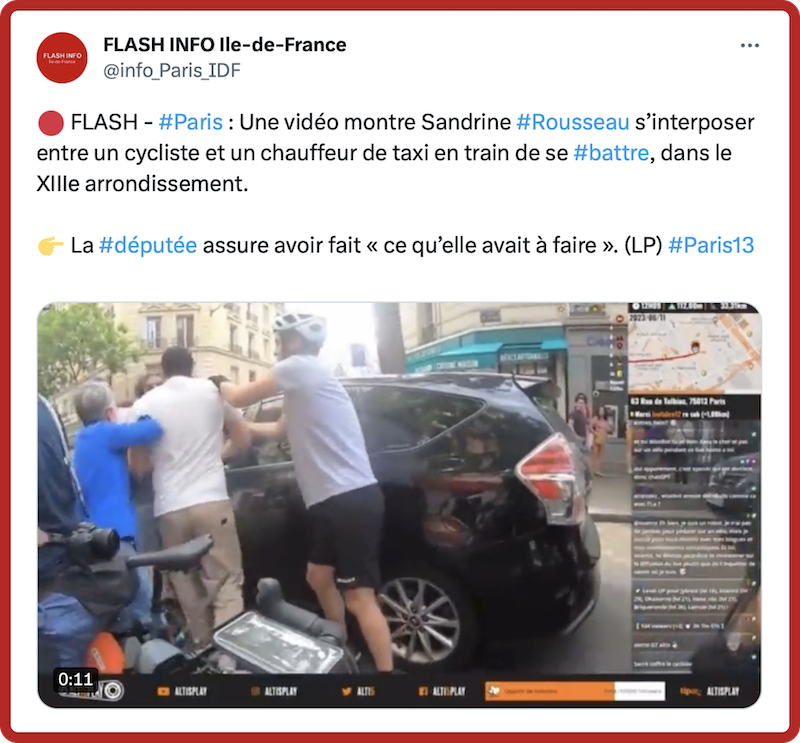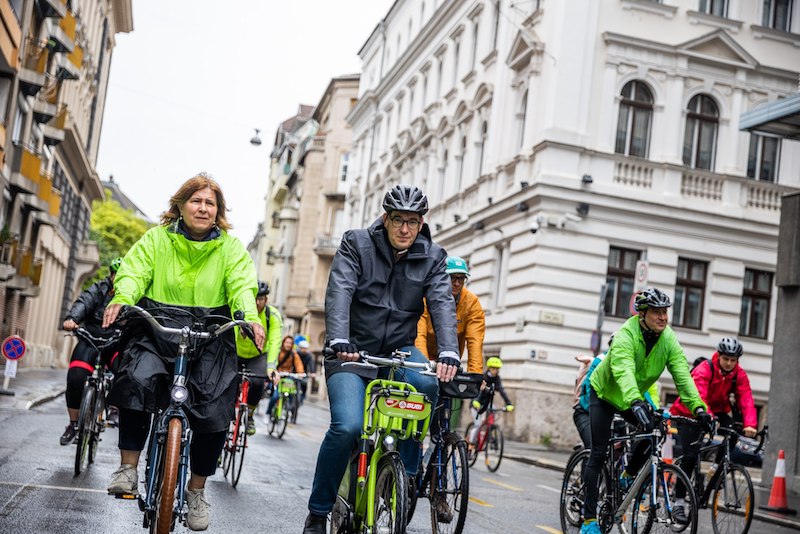It’s evening rush hour and time to pick up the kids from the kindergarten. So I climb into my cargo bike, which I bought last autumn with my wife.
Tallinn has never been a bike-friendly city, but the concept of three-wheeled cargo bikes is completely new. There were probably no more than a dozen of these bikes in the Estonian capital, when we joined the peloton.
Our way home takes us through streets where bike and car lanes are not physically separate. Every day I feel how car drivers do not notice us on the road.
Situations vary from trucks and delivery vehicles stopping on the bike lane to drop off goods at nearby shops and cafés to cars queuing in a traffic jam, and leaning to the right side of the road, where they steal space from bikers. While small bikes and electric scooters can ease past, a larger bike like ours must sit and wait.
Often, drivers don’t look into the wing mirror to see if a bike is coming. This is where it gets dangerous for us.
On the narrow bike lane, I have developed my own kind of passive-aggressive reaction to help drivers learn and get used to paying attention to us. Sometimes I knock on their window when driving past. Then I give a long, cold glance straight into the eyes of the driver. I even ask the kids to wave to the driver.
It is not the drivers’ fault that they are not accustomed to sharing the road with vehicles such as ours. The real problem lies in the municipality, which hasn’t developed adequate biking lanes.
But I take it as my small task to nudge for change. Day by day. Step by step. Eventually the drivers will accept us as a natural part of the traffic.






